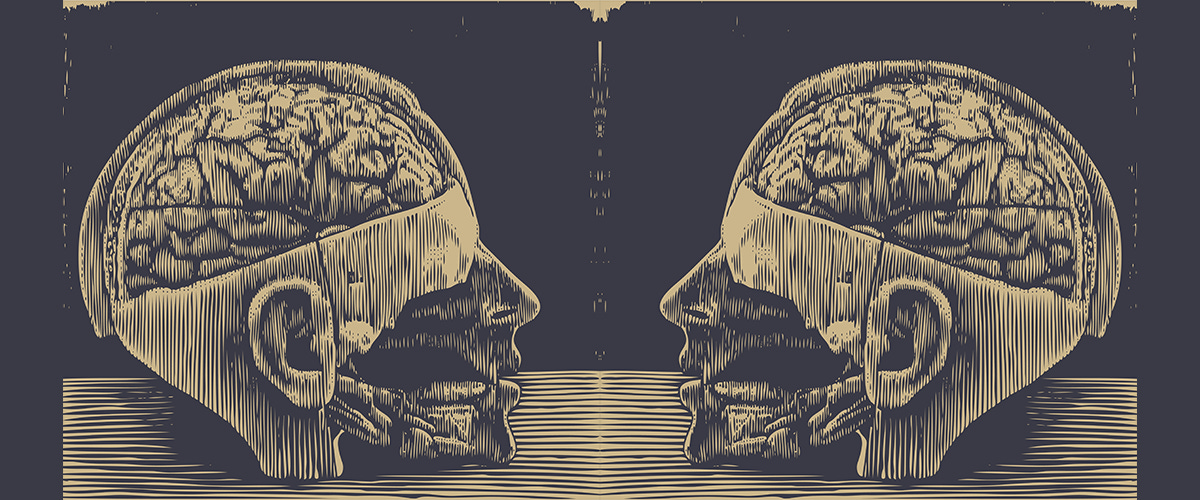The Algorithmic Lobotomy of Learning
Data-driven education sacrifices the art of teaching—the rich, creative interaction between teacher and student—at the altar of metrics, only to leave it lifeless in the end.
In today’s classroom, in both public and private schools, a new orthodoxy has taken hold, one that promises precision and progress but delivers sterility and stagnation. The rise of data-driven education, with its emphasis on quantifiable outcomes and analytics, has reshaped how we think about teaching and learning. What began as an effort to improve accountability and efficiency has metastasized into a system that treats students as mere data points and teachers as technicians tasked with executing preordained strategies. Stripped of humanity and nuance, the art of teaching—the rich, creative interaction between teacher and student—has been sacrificed at the altar of metrics. This obsession with data-driven methods undermines education, robbing it of its vitality and reducing it to a mechanistic process ill-suited to the complexity of human minds and relationships.
The teacher, once a craftsman of intellect and imagination, has become a mere operator in the great machinery of data analytics. Her once-flourishing garden of discourse, where ideas grew like untamed vines, is now an assembly line of measurable "outcomes" and "proficiencies." She no longer cultivates; she quantifies. The messy, thrilling alchemy of discovery—of watching a student's eyes widen with the sudden realization of a truth he’d never before considered—has been replaced by the dispassionate clicking of assessment software, churning out pie charts to be interpreted by people who have never set foot in her classroom.
This obsession with data, like all obsessions, is born of fear: fear of failure, fear of inefficiency, fear of losing control in a world that is beautifully chaotic. But data, for all its smug precision, is a blunt instrument, incapable of capturing the shimmering complexity of a human mind in formation. The architects of the data-driven educational apocalypse would have us believe that a student’s potential can be distilled into percentile ranks and growth indices. They forget—or choose to ignore—that a child is not an equation to be solved but a flame to be kindled.
Consider this: when a teacher stands before her students, she does not merely impart information; she engages in a deeply human exchange, a reciprocal act of recognition and response. She reads the subtle shifts in posture, the furrow of a brow, the hesitant raising of a hand, and she adjusts her approach accordingly. She challenges, she nurtures, she inspires—all actions that require not data but empathy, intuition, and the irreplaceable wisdom that comes from knowing her students as individuals rather than as entries in a database.
The proponents of data-driven teaching, of course, will argue that their methods are rooted in science, that they offer objectivity in a field too often swayed by subjectivity. But their "science" is the science of the vivisectionist: it dissects the living organism of education in the name of understanding, only to leave it lifeless in the end. The art of teaching—the delicate, improvisational dance between teacher and student—is not merely sidelined in this model; it is actively suppressed. For art resists quantification, and in a system that values numbers above all else, that which cannot be measured is deemed worthless.
What, then, of the students themselves, those hapless participants in this grand experiment of dehumanization? Stripped of their individuality, they are reduced to data points, mere coordinates on the scatterplot of standardized achievement. They are told, in ways both explicit and implicit, that their worth is determined by their ability to conform to predefined benchmarks, to excel in tasks that can be neatly tabulated and graphed. Their interests, their passions, their unique ways of seeing the world—all of this is flattened into a single dimension: performance metrics.
And yet, we wonder why so many students disengage, why they sit sullen and silent in classrooms that should be buzzing with curiosity. It is not because they lack the capacity to learn; it is because they have been denied the joy of learning. The data-driven model treats education as a transaction rather than a transformation, as a process of input and output rather than a grand journey of exploration. It suffocates wonder beneath the weight of metrics, leaving both students and teachers adrift in a sea of numbers that signify nothing.
To be clear, the proponents of this model are not villains. They are, for the most part, well-intentioned individuals who likely want to improve education. But good intentions are no excuse for bad ideas, and the idea that data can replace the human touch in teaching is as bad as they come. It is an idea born not of wisdom but of hubris, of the misguided belief that complexity can be tamed by the simple expedient of measurement.
The antidote to this madness is not more data but less. It is a return to the roots of education, to the classical understanding that teaching is an art as much as a science, and that art requires freedom, creativity, and a deep, abiding respect for the humanity of both teacher and student. It is a recognition that the most important outcomes of education—critical thinking, moral character, a love of learning—cannot be captured in a spreadsheet. And it is a commitment to give our teachers the tools and the autonomy they need to do what they do best: inspire.
In the end, education is not about data. It is about people. Let us not forget this simple truth.
Michael S. Rose, a leader in the classical education movement, is author of The Art of Being Human (Angelico), Ugly As Sin and other books. His articles have appeared in dozens of publications including The Wall Street Journal, Epoch Times, New York Newsday, National Review, and The Dallas Morning News.






What do you think about the CLT as a tool in classical classrooms?